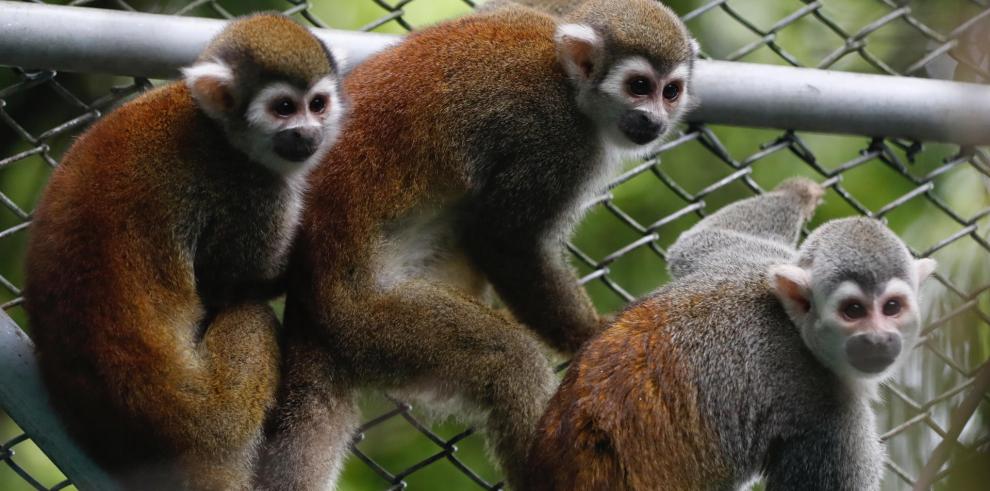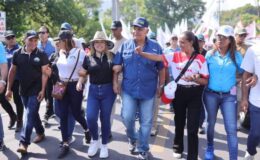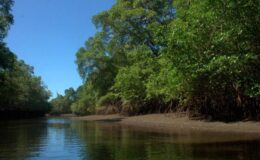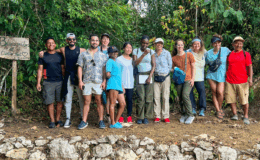Indigenous monkeys freed from certain death in lab testing in Colombia.
- By : James Bryson
- Category : Conservation

In the mountains of Palmira, in southwestern Colombia, 108 monkeys are undergoing treatment to recover from the mistreatment and cruelty to which they were subjected in the laboratories of a foundation that used them to test a vaccine against malaria.
The apes were for years in the Centro de Investigación Caucaseco and the Fundación Centro de Primates, on the outskirts of Cali, and when they were rescued from the cages some had no eyes, others were without phalanxes in their fingers or with broken bones, several suffered alopecia, had cracked or tartared teeth and were all full of parasites.
The complaint about the cruelty to which the animals were subjected came from the animal organization PETA, according to which the two centers that held them captive obtained since 2003 million dollars in financing from the Colombian Government and the National Institutes of Health of the United States. (NIH, acronym in English).
In an operation of the Regional Autonomous Corporation of Valle del Cauca (CVC) with the help of the Prosecutor’s Office, the Police and the Army, the animals were rescued on February 17.
That day they were transferred to the San Emigdio Wildlife Care and Valuation Center, a 14-hectare sanctuary where 23 professionals are in charge of caring for them so that they recover their health.
SERIOUS HEALTH PROBLEMS
According to the general director of the CVC, Marco Antonio Suárez Gutiérrez, the animals are in a 90-day quarantine period with a special diet.
“They arrived very badly, with nutrition problems and various factors that sadden us; 102 of them are night monkeys and 6 are squirrel monkeys that, one month after their recovery, already show improvements,” Suárez told EFE.
The official added that in San Emigdio “habitats have been adapted for this type of monkeys that allow detection of diseases in quarantine and allow an accurate evaluation of the state of health. During this period, preventive and curative medicine protocols are applied according to the case “.
Suárez specifies that the animals “will not be returned in any way to their former owners”, although he confirms that the organizations that had them locked up have filed two protection actions to try to recover the primates.
“Fortunately, the authorities have ruled in favor of our corporation. We will not allow more mistreatment of animals,” he points out.
RETURN TO FREEDOM
The biologist Alexandra Duque, who works with the CVC at the San Emigdio care center, points out that the primates have gone through several processes seeking to recover habits and adapt to natural conditions.
The spaces are surrounded by vegetation typical of the tropical dry forest and they feed on barley, seeds, worms and various proteins that they find in the wild.
“Despite all the efforts, it is not the same as seeing them walk in their natural space. If people understood the suffering that an animal in captivity has to go through, they would release them,” the biologist explained to EFE.
After stabilizing them, and when the 90 days have passed, the authorities will indicate if the monkeys are ready to be released into the wild or if they will be relocated to other institutions.
A census of those who may have died or of those who have had to be euthanized due to their critical condition will also be delivered.
This wildlife care center has cared for more than 5,200 animals of various species that have been victims of trafficking, mistreatment or abuse by humans.
In addition, 1,661 of these individuals have been released into their natural habitats after arduous recovery processes. Many of them are taken by the Air Force to different regions of Colombia.
“Wildlife are not pets and the best gift we can give them is to admire them in freedom, please don’t hurt them anymore,” concluded the director of the CVC.



No Comments